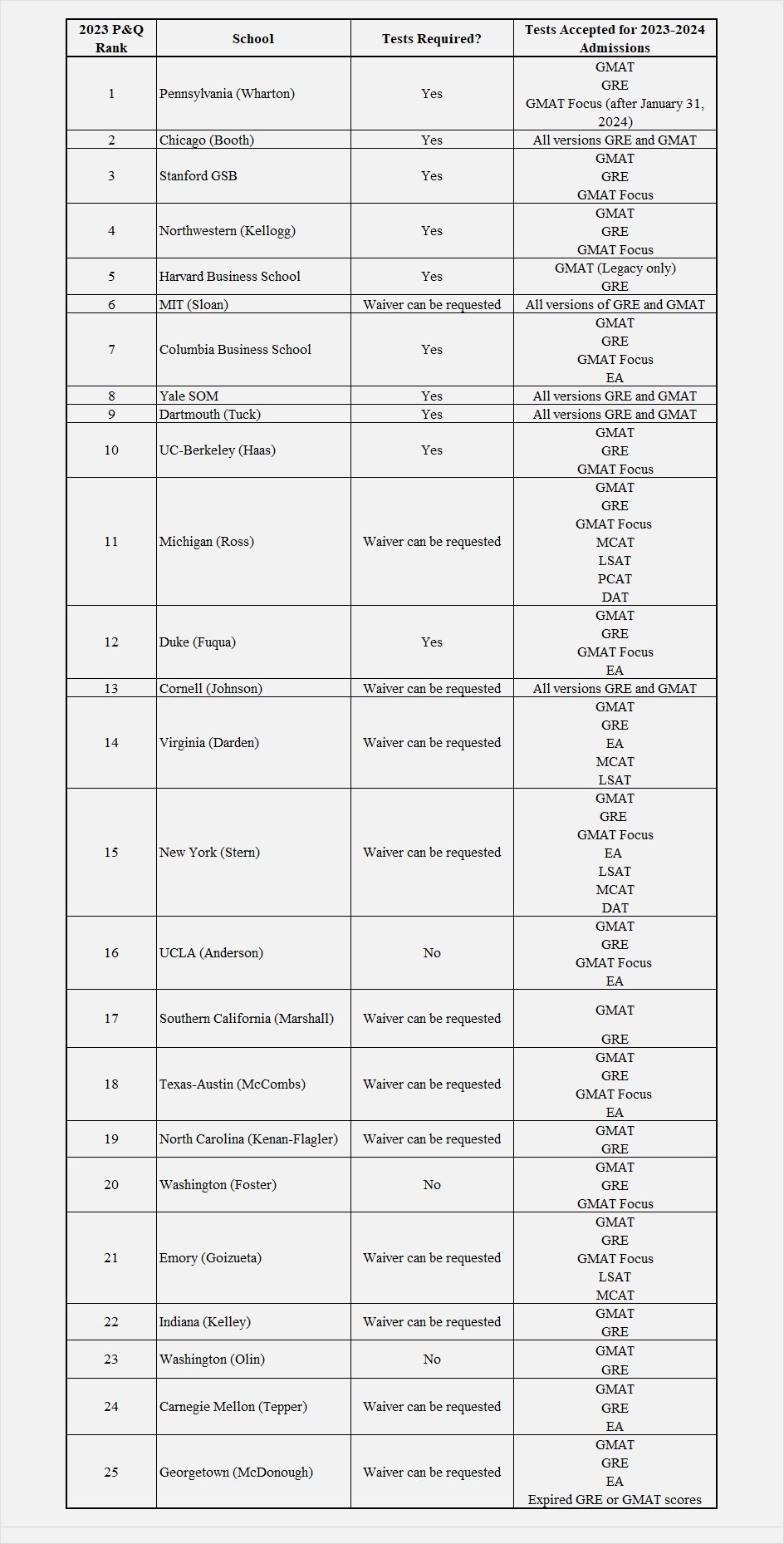Cornell Johnson has published submission deadlines for their MBA application. If you’re applying to the full-time program, it’s time to get started on your short-answer and essay responses.
Round Application Deadline Initial Notification Final Notification
Round 1 20 September 2023 03 November 2023 08 December 2023
Round 2 10 January 2024 15 March 2024 05 April 2024
Round 3 10 April 2024 17 May 2024 31 May 2024
“You’ll combine your own strengths with the strengths of those around you. You’ll learn how to create solutions to business challenges—and to other challenges facing the world at large. The reality is that success is never a solo act.”
This statement from Johnson’s website encapsulates their focus on collaboration. Keep this in mind as you approach their application. Of course, you’ll want to show the strengths, experiences, and unique perspectives you can bring to their community, but they are also looking for you to demonstrate humility and discuss your desire to learn from your fellow classmates.
Goals Statement Prompt:
A statement of your goals will begin a conversation that will last throughout the admissions process and guide your steps during the MBA program and experience. To the best of your understanding today, please share your short- and long-term goals by completing the following sentences and answering the enclosed short answer question (350 words maximum):
Immediately post-MBA, my goal is to work as a(n) [Role] at [Company] within [Industry].
Targeted Job Role:
Target Job Company:
Industry:
In 5–10 years post-MBA, my goal is to work as a(n) [Role] at [Company] within [Industry].
Targeted Job Role:
Target Job Company:
Industry:
How has your experience prepared and encouraged you to pursue these goals?
State your post-MBA goals in precise language that includes your desired role, company, and industry. Ensure that your short-term goal makes sense as an interim step to your longer-term goal. Then make it clear that, given the specific post-baccalaureate full-time work experiences you’ve had, you will be qualified and able to achieve these goals with an MBA from Johnson.
Impact Essay Prompt:
At Cornell, our students and alumni share a desire to positively impact the organizations and communities they serve. Taking into consideration your background, how do you intend to make a meaningful impact on an elite MBA community? (350 words maximum)
Show Cornell Johnson’s admissions officers how you will be a valued member of their community by anchoring your response in experiences from your past that will inform and invigorate your plan. Are you a passionate environmentalist who has spent your career in corporate social responsibility and hopes to spearhead a new sustainability case competition for full-time MBA students? Were you part of a years-long organizational behavior research study in undergrad and hope to find a research mentor in that department at Cornell? Did you start a pro-bono consulting group at your current employer, and you’d like to partner with a local organization to offer similar services alongside a group of your Cornell colleagues? In linking your passions and expertise to your proposed contributions, you will demonstrate to the admissions directors that you are the kind of collaborative, community-minded, and determined student they are looking for.
Optional statement: You may use this essay to call attention to items needing clarification and to add additional details to any aspects of your application that do not accurately reflect your potential for success at Johnson. (350 words maximum)
This essay is for additional context around a weak spot in your application. Did you get a C in calculus? Or withdraw from your courses your sophomore year to help a family member? Do you feel that your lackluster GMAT score isn’t indicative of your abilities?
If you are going to address a low grade in an analytical course or a low GMAT score, don’t make excuses. Spend the majority of your word count demonstrating your ability to excel in rigorous academic or professional environments by using specific examples. Provide information on similar classes in which you achieved excellent grades or give details about a professional pursuit that resulted in success.
If you are speaking to a more sensitive situation, perhaps a big mistake or legal issue that impacted your GPA, spend approximately 20 percent of your essay addressing the situation. Then use the remaining 80 percent on the actions you took to improve and what happened as a result. Again, do not make excuses. Simply address the situation, placing the emphasis on what you learned. Everyone makes mistakes. Taking accountability and moving forward demonstrates maturity.
The Writing Process
Begin with a brainstorm. Do not underestimate the importance of this step. Document your experiences, positive and negative, that prompted an evolution in your perspective—you know, those “ah-ha!” moments without which you would be a different student, professional, and/or person today. Then, record those experiences that will show the reader your abilities in innovation (critical/creative thinking and problem solving), leadership, and teamwork, as well as those experiences that reinforced your interest in business school. Capture as many details as possible, paying particular attention to what you thought, felt, said, and did in each situation. Your focus should be on adult experiences (from the start of college and later), though stories from your youth could comprise up to 20 percent of this brainstorm.
During your brainstorm, don’t limit yourself by worrying about a cohesive narrative, the quality of your writing, and/or the number/length of your stories. Simply focus on collecting those situations that helped to guide your path to this point and impacted your decision to apply to the Cornell Johnson MBA program.
Craft an outline. Select the key stories you will use to anchor your narratives. Remember that you’ll use your essays to go deep into experiences that demonstrate the traits you want to emphasize.
Write. Keep in mind that you must be showing, not telling the reader who you are. In contrast to your resume, which provides a general overview of your experiences, your essay responses should go deep into a story that allows the reader to come to their own conclusions about some of your character traits and abilities. Highlight how you’ve struggled, triumphed, learned, and how these experiences have developed you into the person you are now.
Review. Revise. Repeat. Read your essay aloud noting where you stumble. Make revisions as necessary. Once it reads smoothly, set it down and walk away for at least 24 hours. Then re-read it. Is it you? Is it personal and authentic? You want the reader to see the real person behind the applicant number. While we caution against “oversharing,” being appropriately vulnerable will create connection.
Related:
Essay Tips: Harvard Business School
Essay Tips: The Wharton School of the University of Pennsylvania
Essay Tips: The Stanford Graduate School of Business
Essay Tips: The Yale School of Management
Essay Tips: Columbia Business School
Essay Tips: Haas School of Business at the University of California, Berkeley
Essay Tips: The University of Chicago Booth School of Business
Essay Tips: NYU Stern School of Business
Essay Tips: The University of Michigan Ross School of Business



